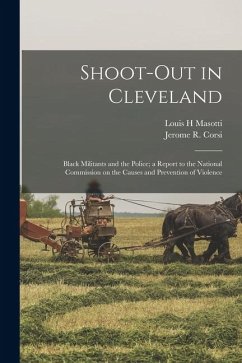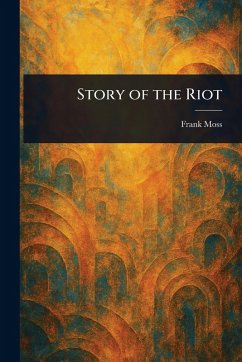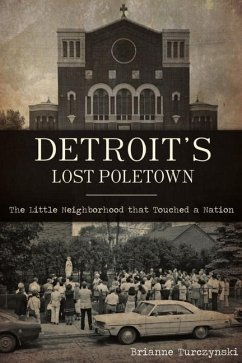
Detroit's Sojourner Truth Housing Riot of 1942
Prelude to the Race Riot of 1943
Versandkostenfrei!
Versandfertig in über 4 Wochen
17,99 €
inkl. MwSt.
Weitere Ausgaben:

PAYBACK Punkte
9 °P sammeln!
During World War II, no American city suffered a worse housing shortage than Detroit, and no one suffered that shortage more than the city's African American citizens. In 1941, the federal government began constructing the Sojourner Truth Housing Project in northeast Detroit to house 200 black war production workers and their families. Almost immediately, whites in the neighborhood vehemently protested. On February 28, 1942, a confrontation between black tenants and white protesters erupted in a riot that sent at least 40 to the hospital and more than 220 to jail. This confrontation was the pr...
During World War II, no American city suffered a worse housing shortage than Detroit, and no one suffered that shortage more than the city's African American citizens. In 1941, the federal government began constructing the Sojourner Truth Housing Project in northeast Detroit to house 200 black war production workers and their families. Almost immediately, whites in the neighborhood vehemently protested. On February 28, 1942, a confrontation between black tenants and white protesters erupted in a riot that sent at least 40 to the hospital and more than 220 to jail. This confrontation was the precursor to the bloodiest race riot of the war just sixteen months later. Gerald Van Dusen, author of 2020 Michigan Notable Books nominee Detroit's Birwood Wall, unfolds the background and events of this overlooked moment in Motor City history.













